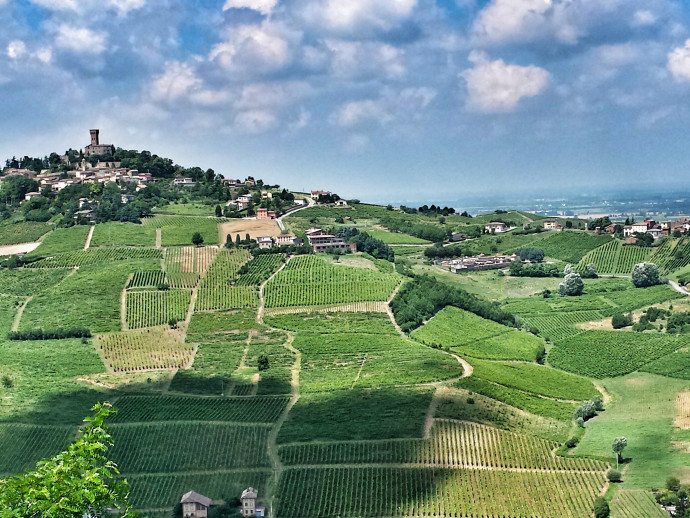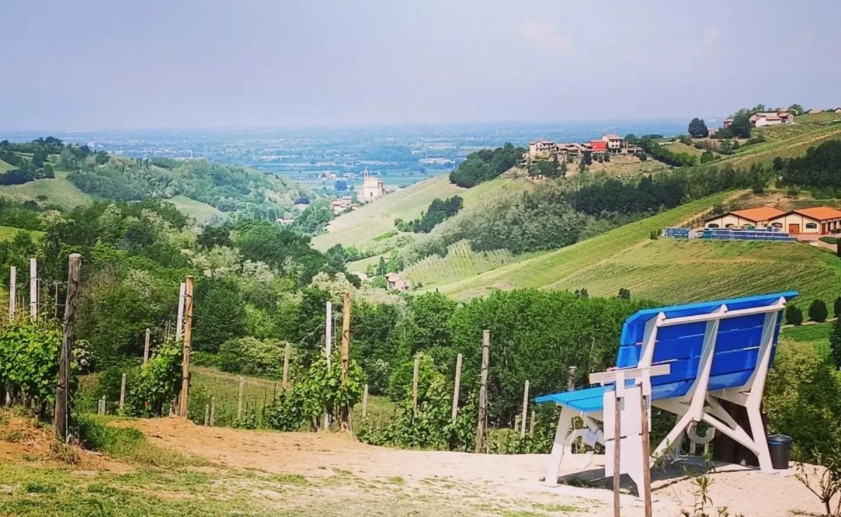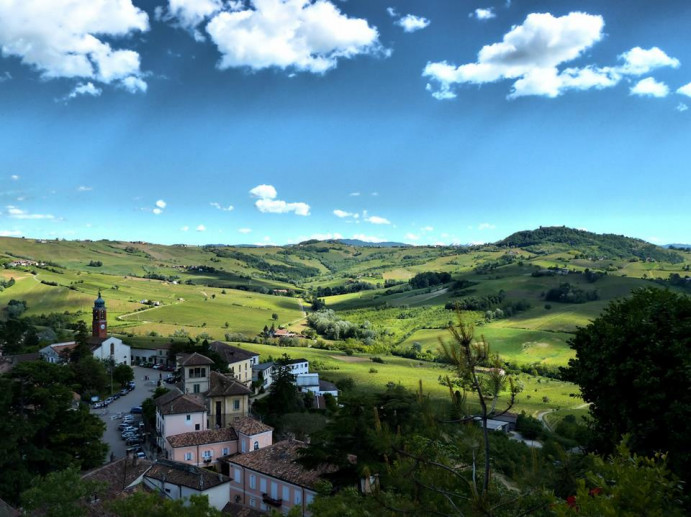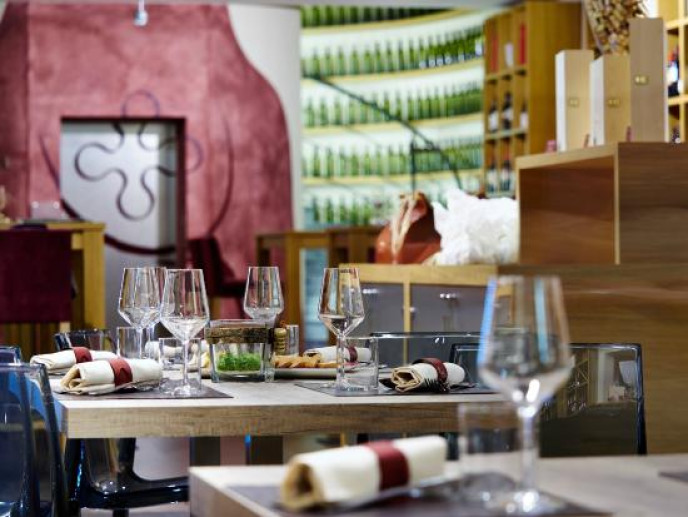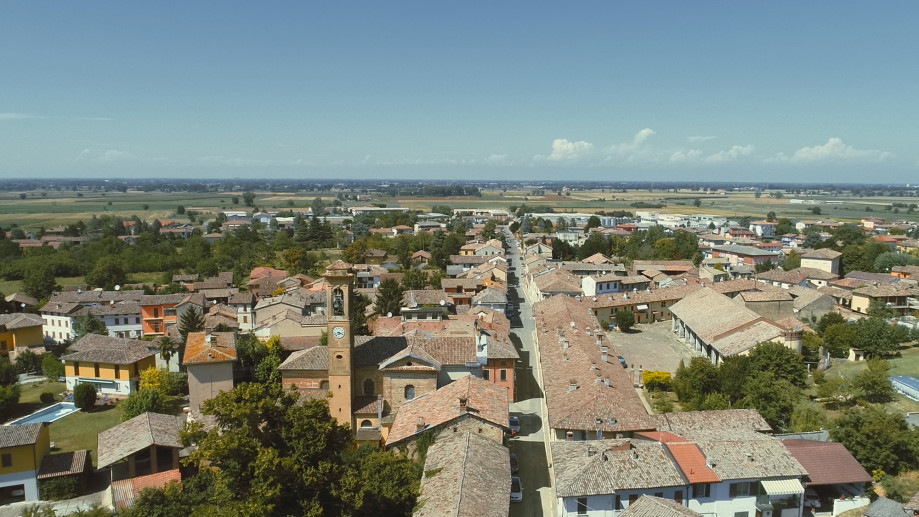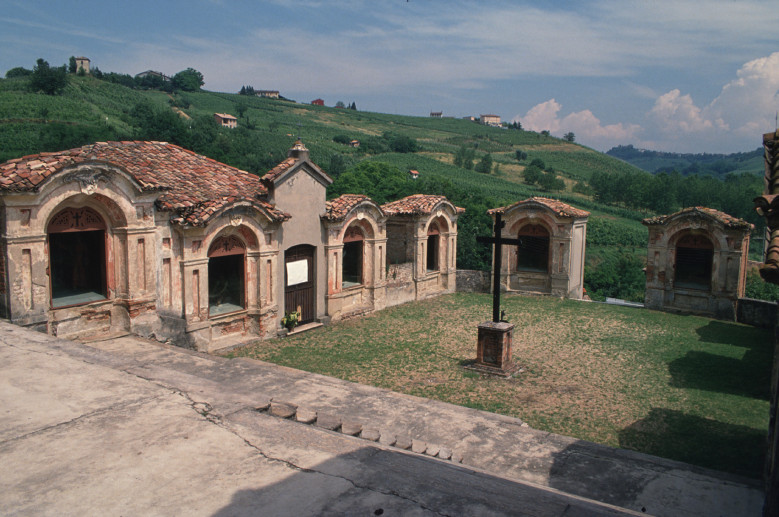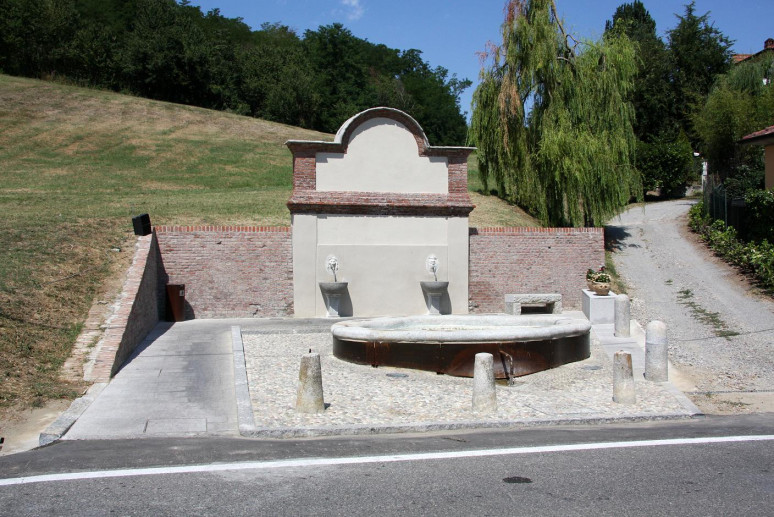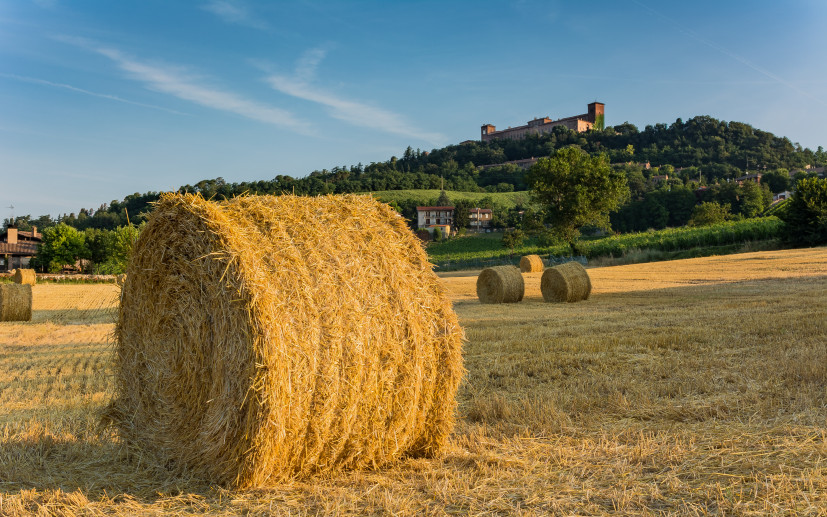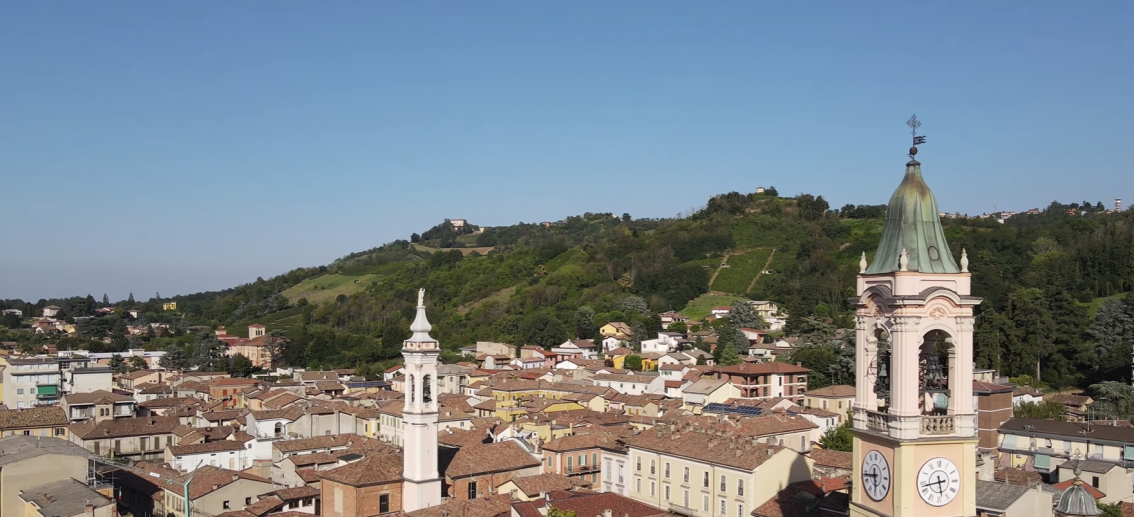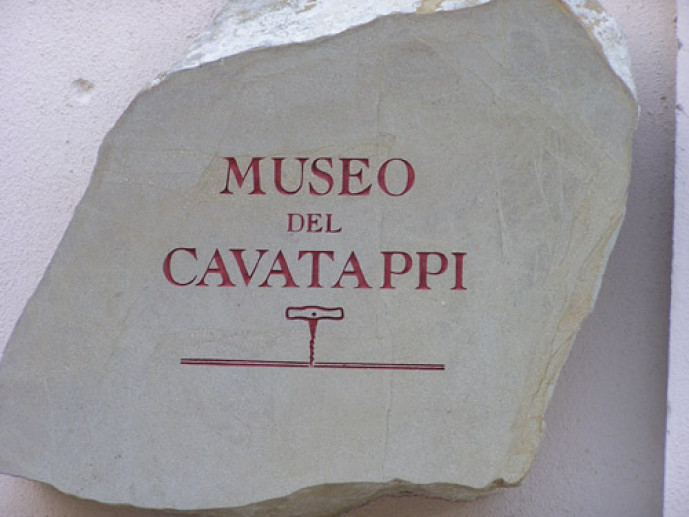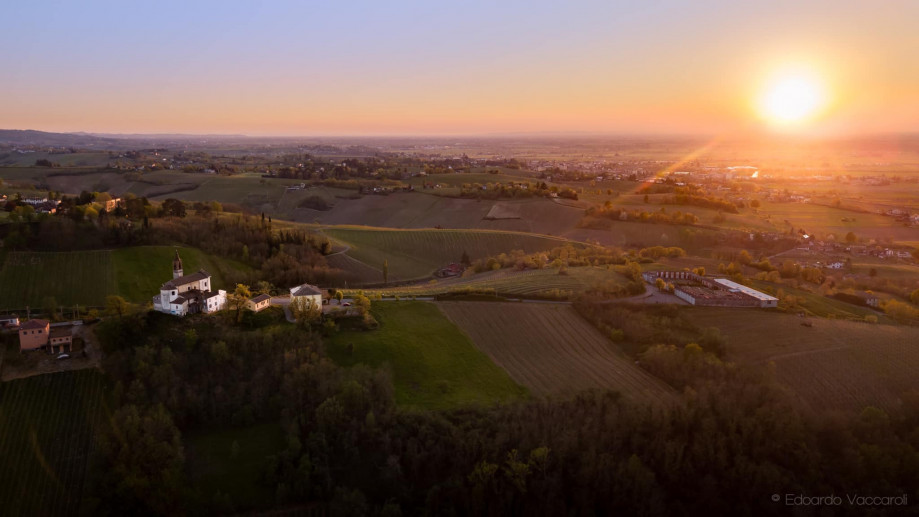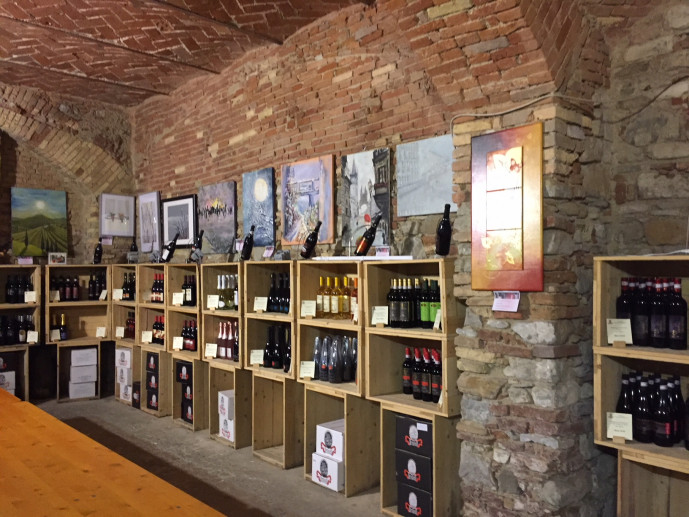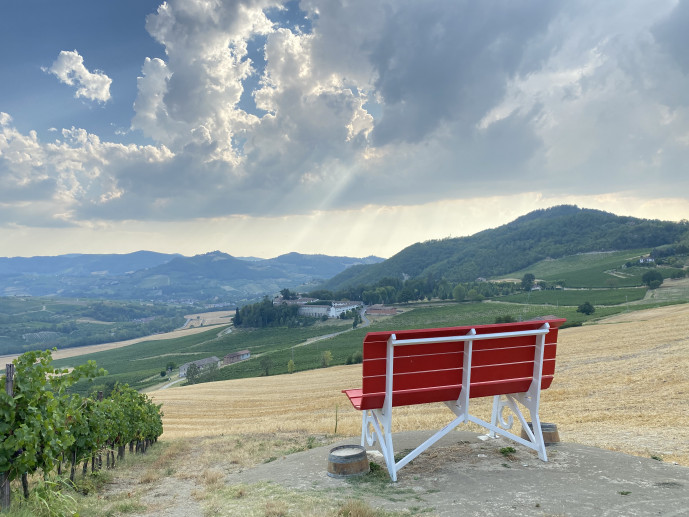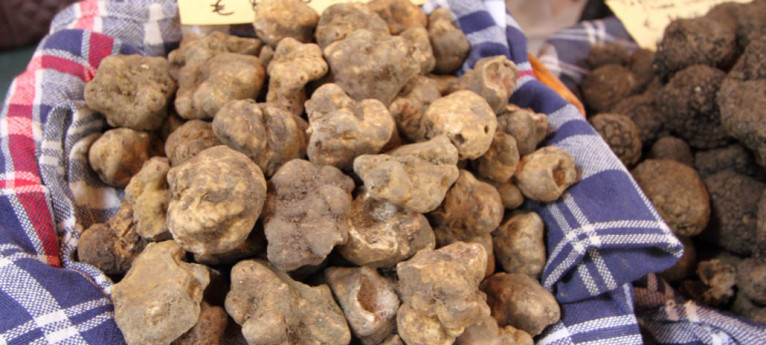- Villages
- Food & Wine
Pietra de' Giorgi
After the destruction of the ancient fortress of Predalino in the locality of Castellone, today Pietra de’ Giorgi still preserves an evocative castle dating back to the year 1000, featuring a surviving crenellated tower and a charming courtyard with a pointed arch doorway and a very deep well.
The Castle of Pietra de’ Giorgi, which stands on the top of the hill in a strategic position, is considered one of the oldest in the Oltrepò Pavese, as it is believed to date back to 1012. In Pietra there once stood another castle, that of Predalino (today known as Castellone), which unfortunately was destroyed and of which no trace remains; in the mid-18th century, a ruined tower could still be seen.
Within its walls, the Castle of Pietra includes the privately owned fortress and a residential palace purchased by the Municipality of Pietra de’ Giorgi in 1877, which now serves as the Town Hall. As already noted, the castle is believed to date back to 1012 and originally belonged to the noble Sannazzaro family. In 1277, the Ghibellines of Pavia decided to curb the power of the Guelphs, led by Guglielmo Sannazzaro, who had taken refuge with his soldiers in the Castle of Pietra. In April and May of that same year, the castle was besieged but never captured.
In January 1290, the castle endured another siege by the Marquis of Monferrato, but this too proved unsuccessful. Over the centuries, the political landscape changed, and in 1402 the Castle of Pietra was destroyed by the Beccarla family (Ghibellines), long-time enemies of the Sannazzaro. The Sannazzaro were declared rebels by Filippo Maria Visconti, and on April 15, 1406, the Castle of Pietra was granted to Galvagno and Antonio Beccarla, counsellors to the young Filippo Maria. The deed of donation mentions the site where the ruined fortress once stood, along with the adjoining villa and surrounding lands. During the Beccarla ownership, the castle was restored to its former splendour, and the village took the name Pietra Beccaria.
(Source: www.visitoltrepo.com)

